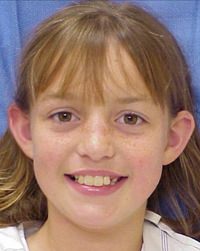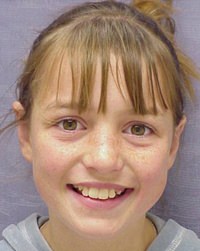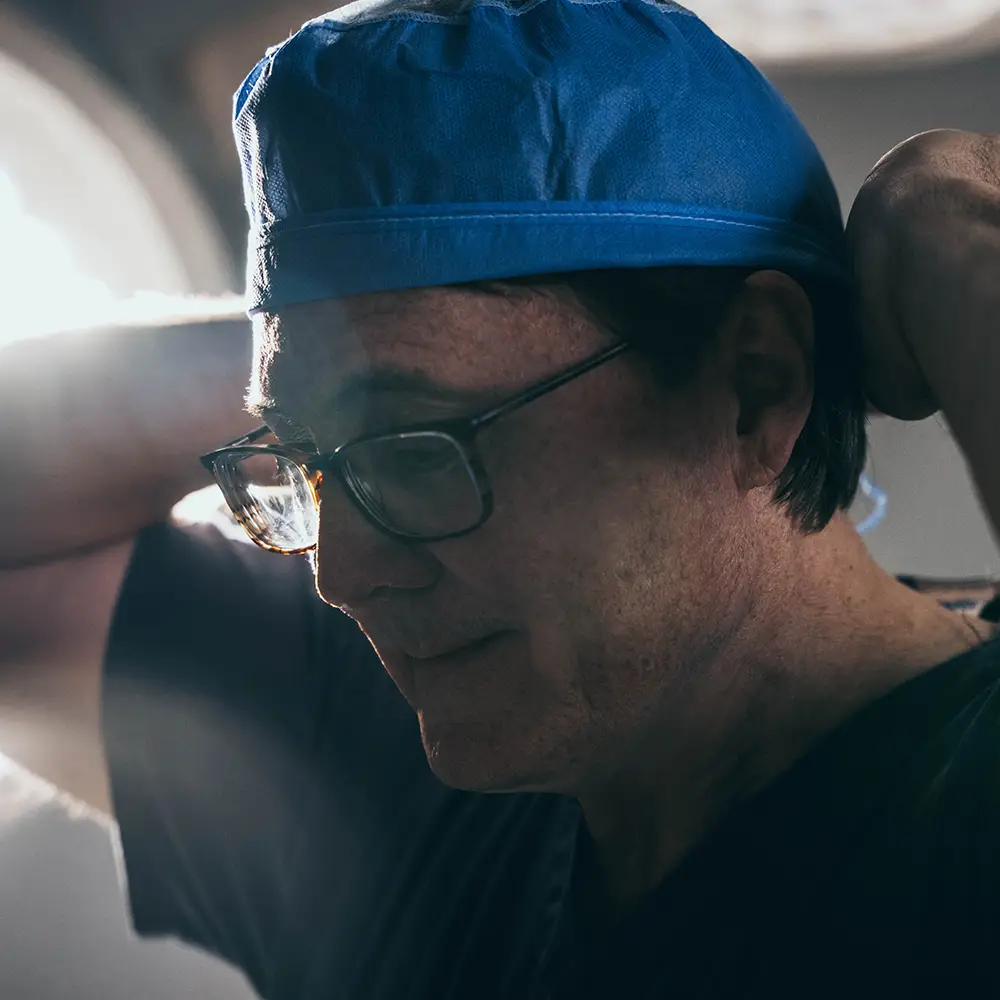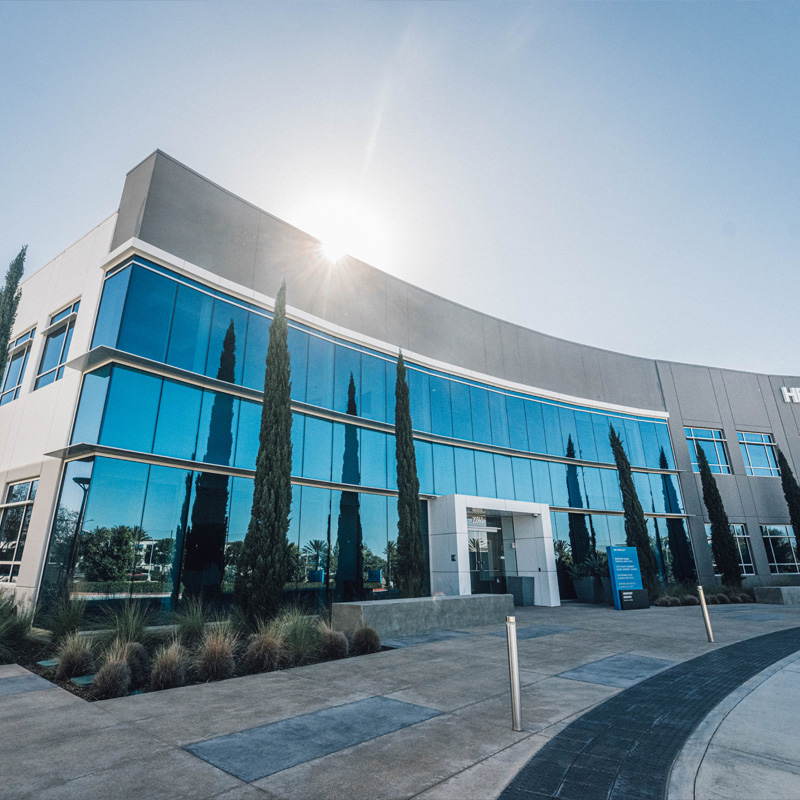Continue with NO aspirin, vitamin E, minerals, supplements, etc. Do not take over-the-counter medications until you are directed to do so by Dr. Sundine.Keep head elevated as much as possible. Sleep with the head elevated on two pillows (30 degees).
Keep the head wrap in place until removed by Dr. Sundine. The headwrap will then remain in place until you are one-week postop. The headwrap will be removed then and not replaced.
You may bathe in the first-week postop, but keep the head wrap dry.
Take the pain medicine as directed. Generally, this is only needed for the first 2-3 days after surgery. Take the antibiotics until they are completed.
Once the dressings are removed (after approximately one week), wear a headband/sweatband as directed for approximately 6 weeks. It is very important that this not be too tight, it only helps to remind you to keep the ears from being pulled forward.
Once the dressings have been removed you may start wound care to the incisions behind the ears. Use a Q-tip dipped in hydrogen peroxide to rub on the suture line. Then use another Q-tip to apply bacitracin ointment to the suture line. Perform wound care twice daily. The sutures should start to fall out starting 10-14 days after the surgery.
Keep light activity until the headband is off.
*Call our office if you have any questions, if any problems should arise, or if you have been having any signs or symptoms of infection (redness, fever, drainage).









